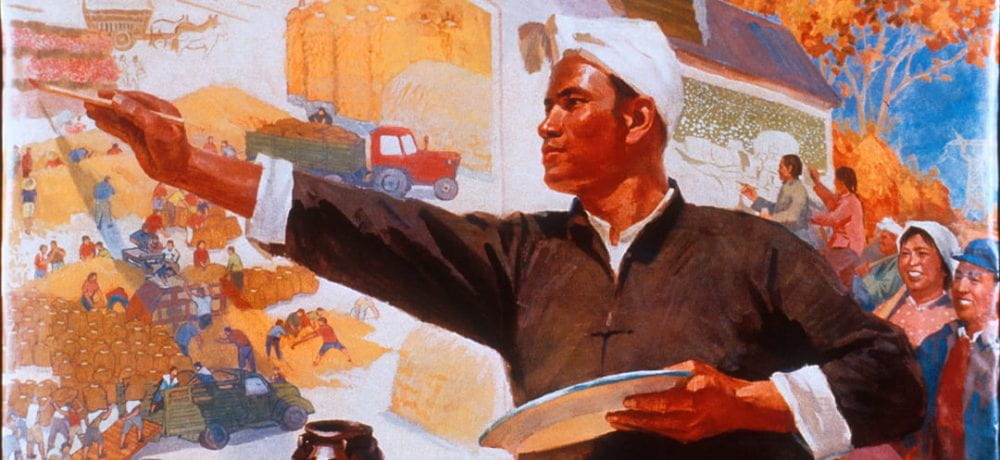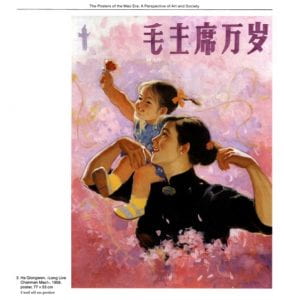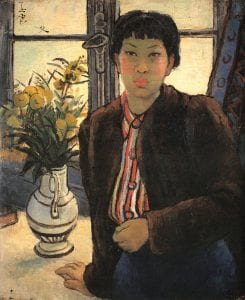Ding Cong, Images of Today, ink and opaque color on paper, 1944
In this painting, the medium used was a type of watercolor called gouache, which is similar to watercolor except for it is an opaque color that is thickened with a glue-like substance to give it a matte finish (Anderson, 2016). Key features of gouache is that the paint dries very quickly, and it allows artists to paint with great detail (Anderson, 2016). Above, the work is broken in half to fit the page, however it is one continuous canvas that is supposed to resemble a traditional scroll that Chinese artists used to paint on (Lullo, 2020). The content of this piece is a depiction of various individuals that are in their own “scene”, some are interacting with others, while some are alone. From top right to bottom left, there seems to be a general cycle of some academic people, spaced with some poor/injured people, followed by wealthy figures. The objective of this work is to shine a spotlight on what was then modern Chinese society, and this spotlight artistical is shown by having a white background with frames or “scenes” of figures that have seemingly been cut from whatever they were doing and placed into this painting. There is debate about the corruption of government during Chiang Kai-Shek’s rule through the 1940s, and while this painting does not directly represent this corruption, Ding does depict a very inequitable socioeconomic class structure of Chinese society. One key aspect that shows this is the woman with her child begging in the background for some food or money, while four wealthy men stand in front of her, paying her no attention. The ends of the piece show a man reading a book with his mouth covered, and a man walking with a newspaper in his mouth and a hand covering his eyes, and this could be interpreted as the truth about life in China being smothered by the government. One last thing to point out is the way each class is shown in relation to the viewer. The rich are prominently in the foreground, looking away from the viewer, while the poorer people show more of their faces, and are in the background. The man reading a book and the man holding his painting are facing the viewer, symbolizing the knowledge and truth of the corruptive government.
References:
Anderson, Madeline. “Watercolor and Gouache: What’s the Difference?” Escalette Permanent Collection of Art at Chapman University, 18 Feb. 2016, blogs.chapman.edu/collections/2016/02/18/watercolor-and-gouache-whats-the-difference/.
Lullo, Sheri. Class presentation. 2020.


 Chen Yifei, Red Flag I, Oil on Canvas, Dimensions: 300 x 159 cm (118.1 x 62.6 in.), 1971-1972. Source: http://www.artnet.com/artists/chen-yifei/red-flag-1-tBXyFFUh-0HVcgGfbG-bXA2
Chen Yifei, Red Flag I, Oil on Canvas, Dimensions: 300 x 159 cm (118.1 x 62.6 in.), 1971-1972. Source: http://www.artnet.com/artists/chen-yifei/red-flag-1-tBXyFFUh-0HVcgGfbG-bXA2



